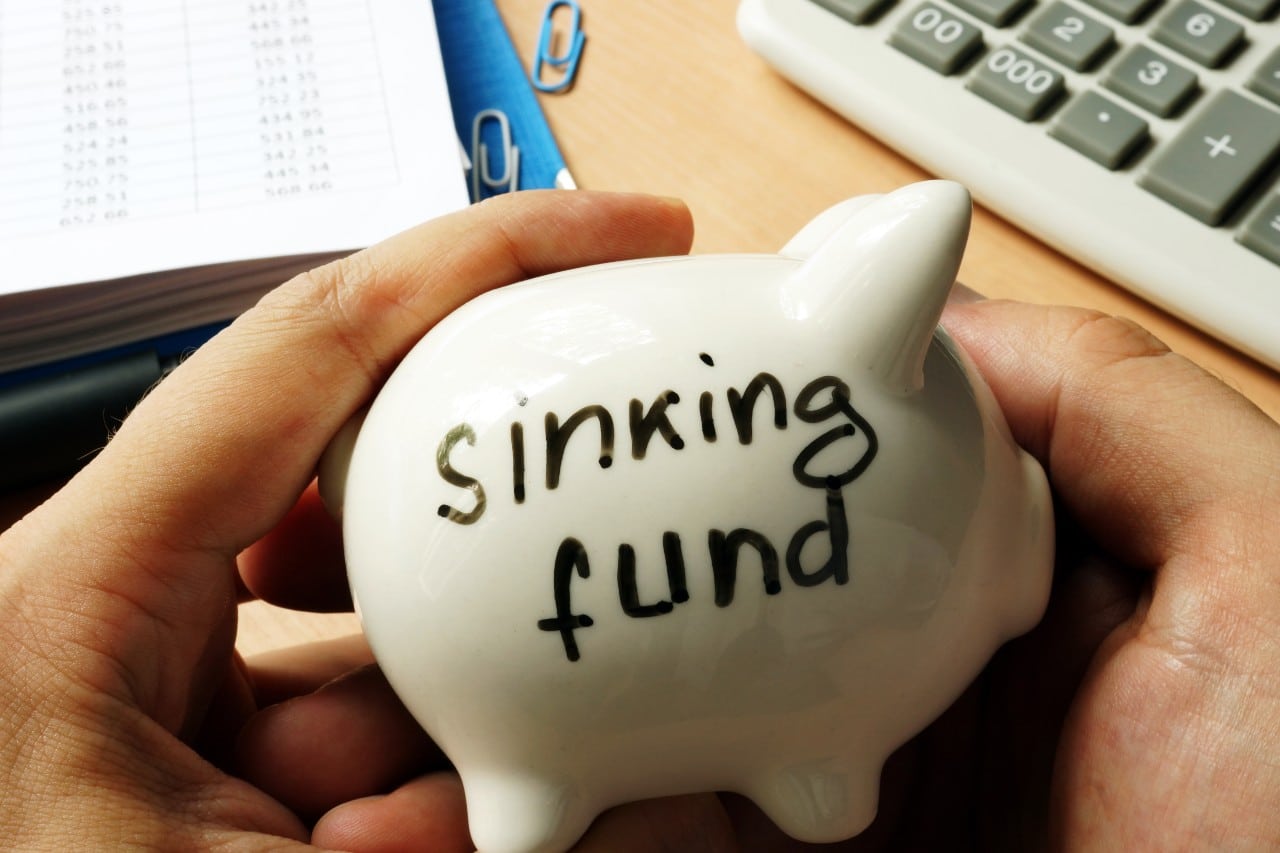BIA s.136 (Section 136 of the Bankruptcy and Insolvency Act) specifies the repayment hierarchy of preferred creditors. Every class of creditor will receive a payment amount of their entitlement from the earnings from the sale of assets. If the debtor who has declared bankruptcy has multiple claimants in one class and there aren’t enough funds to pay these claimants, the creditors will receive payment on a pro-rata basis.
BIA s.136 Repayment
The BIA s.135 tells us the difference between secured and unsecured creditors as claimants in a bankruptcy proceeding. If a creditor has a right – in the form of a lien, pledge, or mortgage – to the debtor’s property as security for a debt, he/she is a secured creditor. An unsecured creditor cannot claim the debtor’s property in the debtor-creditor agreement.
Section 136 of the BIA protects all the parties involved in bankruptcy or insolvency proceedings. A debtor files for bankruptcy with the assistance of a licensed insolvency trustee (LIT).
What is the BIA of Canada?
The Bankruptcy and Insolvency Act of Canada is a federal statute that outlines and regulates the country’s bankruptcy and insolvency. It covers bankruptcies, receiverships, and commercial and consumer proposals.
This federal statute also governs the duties and responsibilities of the Office of the Superintendent of Bankruptcy. This government agency must ensure that bankruptcy proceedings go fairly and properly.
The Bankruptcy and Insolvency Act applies to all of the provinces in Canada.
Bankruptcy & Insolvency Act – SECTION 136
The main purpose of the Bankruptcy and Insolvency Act’s section 136 is to establish the hierarchy of creditors. It determines how they receive payments or claim their rights to a debtor’s sets in a bankruptcy proceeding.
Secured vs. Unsecured vs. Preferred Creditors
We have to differentiate the three types of creditors who may have a right to payment upon a debtor’s personal bankruptcy. These three types of creditors are the following: secured creditors, unsecured creditors, and preferred creditors.
Secured Creditors
- In the hierarchy of funds disbursement, secured creditors have a status that takes precedence over others. However, this status depends on the full recovery from assets put forward as security per the debtor-creditor agreement. If the proceeds from the sale of assets aren’t enough to pay a creditor’s entire claim, the secured creditor will fall under the category of an unsecured creditor.
Preferred Creditors
- Every class of preferred creditors (also known as a preferential creditor) will receive a payment amount of their entitlement from the earnings from the sale of assets. If the debtor who has declared bankruptcy has multiple claimants in one class and there aren’t enough funds to pay these claimants, the creditors will receive payment on a pro-rata basis.
Unsecured Creditors
- A type of creditor who doesn’t benefit from any security claims in a debtor’s assets but has a right to claim an amount of money owed by a debtor. Examples are lenders of personal loans and credit card companies.
Who Gets Paid First Under Section 136?
According to section 136 of the Bankruptcy and Insolvency Act (BIA), the secured creditors receive payment first. Next is the preferred creditors (based upon the determination of each class and proof of claim). After the secured creditors and preferred creditors receive payment, the unsecured creditors will receive their payments.
Scheme of Distribution List
136 (1) Subject to the rights of secured creditors, the proceeds realized from the property of bankruptcy take priority of payment as follows:
(a) In the case of a deceased bankrupt, the reasonable funeral and testamentary expenses incurred by the legal representative or, in the Province of Quebec, the successors or heirs of the deceased bankrupt;
(b) The costs of administration, in the following order,
(i) The expenses and fees of any person acting under a direction made under paragraph 14.03(1)(a),
(ii) The expenses and fees of the trustee, and
(iii) Legal costs;
(c) The levy payable under section 147;
(d) The amount of any wages, salaries, commissions, compensation, or disbursements referred to in sections 81.3 and 81.4 that was not paid;
(d.01) The amount equal to the difference a secured creditor would have received but for the operation of sections 81.3 and 81.4 and the amount actually received by the secured creditor;
(d.02) The amount equal to the difference a secured creditor would have received but for the operation of sections 81.5 and 81.6 and the amount actually received by the secured creditor;
(d.1) Claims in respect of debts or liabilities referred to in paragraph 178(1)(b) or (c), if provable under subsection 121(4), for periodic amounts accrued in the year before the date of the bankruptcy that is payable, plus any lump sum amount that is payable;
(e) Municipal taxes assessed or levied against the bankrupt, within the two years immediately preceding the bankruptcy, that do not constitute a secured claim against the real property or immovables of the bankrupt, but not exceeding the value of the interest or, in the Province of Quebec, the value of the right of the bankrupt in the property in respect of which the taxes were imposed as declared by the trustee;
(f) The lessor for arrears of rent for a period of three months immediately preceding the bankruptcy and accelerated rent for a period not exceeding three months following the bankruptcy if entitled to accelerated rent under the lease, but the total amount so payable shall not exceed the realization from the property on the premises under a lease, and any payment made on account of accelerated rent shall get credit against the amount payable by the trustee for occupation rent;
(g) The fees and costs referred to in subsection 70(2) but only to the extent of the realization on the assets eligible thereunder;
(h) In the case of a bankrupt who became bankrupt before the prescribed date, all indebtedness of the bankrupt under any Act respecting workers’ compensation, under any Act respecting unemployment insurance, or under any provision of the Income Tax Act creating an obligation to pay to Her Majesty amounts already deducted or withheld;
(i) Claims that result from injuries to employees of the bankrupt in respect of which the provisions of any Act respecting workers’ compensation do not apply, but only to the extent of money received from persons guaranteeing the bankrupt against damages resulting from those injuries; and
(j) In the case of a bankrupt who became bankrupt before the prescribed date, claims of the Crown not mentioned in paragraphs (a) to (i), in right of Canada or any province, notwithstanding any statutory preference to the contrary.
Takeaway
There are alternatives to bankruptcy. Through section 136 of Canada’s Bankruptcy and Insolvency Act, you’ll know the prioritization of creditors when a debtor declares bankruptcy.





